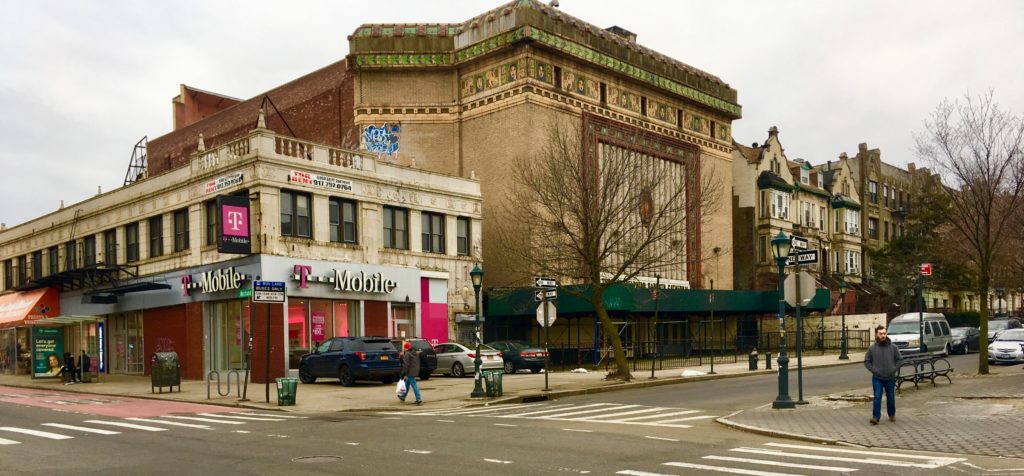Brooklyn buildings nominated for national historic status

By the Eastern Parkway subway entrance, you'll find the Loews Kameo Theatre. Eagle photo by Lore Croghan
From brooklyneagle.com
Williamsburg Houses was one of earliest public housing complexes; Loew’s Kameo is a surviving 1920s movie palace
The New York State Board for Historic Preservation has recommended adding 20 buildings throughout the state, including three in Brooklyn, to the State and National Registers of Historic Places.